For me, Carlo Di Cristo is the bread baker version of a Rorschach test. Looking at his baking opens up my imagination while testing my sense of what's possible. This Italian wizard from Napoli's SoulCrumbs cafe caught my attention with the holey-art he creates in bread. Recently I met him when he visited New York. What hit me was he seemed more of a New Yorker than me. Why? I'm not sure, but I mean it as a compliment. While we didn't sit down for a formal interview, later we did it via email. Here's what he shared.
Carlo, how did you become a baker?
As it happens many times, just by chance. A friend of mine, biologist, invited me to a meeting on sourdough. In that rainy day I went there with my family, and as soon as my daughter (she was 2 years old at that time) put her hands in the starter I realized the opportunity to make for her something, choosing from scratch raw materials (flours in this case) and the technique to apply. During the time I’ve put (and I’m still studying) all my biological knowledge in this field.
What makes your bread different than local Napolitano bread?
I love the bread I was born with: the cafone bread. In fact, my bread has the same structure. or at least that my bread looks like a typical Neapolitan. The texture, the crumb, the crust is the one can found in a cafone piece of bread. However, it differs because of the untraditional flours employed.I’ve been impressed so much from northern European and North American way to do bread. That I've substituted the classical white flours with "bran" flours, semi-integral, and uncommon cereals. like spelt, rye, oat, rice, barley.
Holy bread, what does bread mean to Italians?
Italy is the place of “pane e companatico." It never lacks a place on the table. So it is something essential in the Italian diet. I’ve to say that the habit is however changing. The consumption of bread is drastically decreasing, at least in some parts of Italy. I think this is happening also because the poor quality of bread that today is available on shelves of supermarkets. Making a different bread, my kind of bread, holey and darky, is pushing people back to bread: a kind of bread revanche. Even in Naples, where, still today, bread is a masterpiece on the table. It has the same dignity of Ragù, Genovese, or Parmigiana di melenzane.
How does science work with bread?
In my case, it was impossible to put aside all I know on microbiology when I prepare bread, especially working with sourdough. We normally work with yeasts and/or bacteria in the lab, so their biochemistry and physiology are something with impact with every day. The mechanisms of fermentation are the mechanisms of life for these invisible creatures. Studying their behaviors and their functionality in a flask or a dish, in a certain sense simulate what happens in a dough.
How did you and Raffaele start SoulCrumbs?
Raffaele has a long story as a chef in North Europe. When he came back to Naples, he was looking for the “ideal Nordic bread”. At that time, Soulcrumbs was my blog with loads of bread recipes. He saw my bread and it was love at the first sight. I was his dealer of bread, and when he finished his period on a local bistro, we started with a project of Saturday brunches over three months, ending on Christmas Eve. What a day, that day, serving fried pizza made of semola with revised Christmas topping. We really enjoyed that experience, that was also a test on how Neapolitans reacted to our idea to combine local food, cooked in a different way, served with an unconventional bread. And it was a success. That idea eventually became our shop. And we decided to keep the name Soulcrumbs.
How do people respond to a menu with no pasta, or serving smorrebrod?
Smørrebrød have been a revelation: people adore them. Raffaele is a master preparing several toppings on these open sandwiches. Smørrebrød is new, fresh, easy to eat, healthy, tasty. It fits the idea of a light and tasteful lunchThe case of pasta is really fun: we started with no pasta at all in the menu. And, in the beginning, many customers were disappointed about that. Now that it is commonly known that we do not serve pasta, we have introduced ravioli and noodles. Life is strange.
How much has traditional Neapolitan bread baking changed, due to modernity or even lost traditions?
Actually, traditional Neapolitan bread is disappearing. A few bakeries still make traditional cafone, generally made with white flour and semola, fermented with sourdough, and baked in wood-fired ovens. The expansion of big supermarket or big malls has contributed to the lowering of bread quality (and price). It is easier to buy bread in a supermarket than in a dedicated shop (a real bakery, which is now rare). Finally, bread is considered a poor product. So, the income from selling bread could be significant only producing a high quantity of bread in a short period of time. Which is significantly different from a correct way to prepare a decent bread. Changing view, from quality to quantity has been the very last mistake of bakers.
My idea is to come back to quality: a different bread made with selected good flours and a correct methodology of preparation of the product. And, do that in Naples is quite a challenge. Many times, I’ve demonstrated to my customers that eating right quantity of a good bread costs the same of eating (and throwing away) a poor bread. Quality will always pay.
How do you think Homebakers have changed baking?
The opportunity that home bakers have to pay more attention to each step of preparing bread is priceless. And it is helping the whole system of bread. During these 4/5 years of my experience in bread making, I’ve known many great home bakers that could, with no doubt, stay in a based bakery, working with experienced bakers. And they know much more about processes than pro bakers.
The effort home bakers put when they prepare bread for the family is, in my opinion, like a basic research that could eventually become a new sustainable R&D input for a bakery.
What trends do you like in bread baking?
Believe or not, I do not like to follow any trend in bread making. I always think how my bread should be. Many people say I’m a fan of holey bread. Yes, I like it, but just because I grow up, culturally speaking, with that kind of bread. And today, when I’ve to prepare a piece of bread, I’ve got that prototype in my mind. Holey bread is becoming a trend in bread making, that’s true, but I think the real trend to follow is to make good bread. Choosing right flours, mastering the method of bread making, knowing sourdough starters (or preferments) and their behavior. All these steps are essential to make a good bread, which will be yours, and not trendy. The sourdough is a biological system so complex and diverse. If people would understand how complicated is to understand the ecology of a starter and how to keep it in a minimal scheme, then maybe they would appreciate the diversity of bread instead of the trendiness.
Or dislike?
It is very difficult to me often understand the logic behind a recipe of bread. And many times, I realize there’s no logic at all. That’s what I hate the most.
Does a Gastro-Bakery fit into the culture of Naples?
It is a challenge. A new format. Soulcrumbs is a hybrid shop: a bakery, a wine bar, a restaurant. All in the same place. People are now starting to get the best from this idea. For a long time it has been intended simply as restaurant, or just a bakery. It's synergistically much more than that. Is a fusion of two different worlds. Into the dish as well as out of the plate.
We create our concept on 4 pillars: sourdough bread, natural wines, specialty coffee and honest food. We are “fighting” again two Neapolitan traditional giants like bread and coffee. The enthusiasm of our customers tells us that our idea is working through the streets of Naples.
How do Neapolitans feel about Nordic food sensibility?
They are really appreciating this new way to eat the “idea” of a Neapolitan dish, made with local raw foods, but simply made using a different perspective. Not only a Nordic one. We love not to have any kind of barrier in the dish. We start with our local foods and our bread to bring people in a meta-Neapolitan experience in the world of sensorial food.
Who doesn’t know about the use of tomatoes in Neapolitan cuisine? Or poor fish, like cod? or legumes? But when you try burned tomato sauce and basil with multigrain bread, or baccalà with cicoria passed in brown butter on rye bread, beans in miso soup with pieces of fermented rye bread, or a cinnamon-spiced apple with lactic cheese on a toasted slice of barley bread, you will see Naples cuisine in an international kaleidoscope of food, expanding your experience in all directions of the world.
Any plans for a bread or café book?
I’m working with some friends on a book on Sourdough. But it is still a secret!
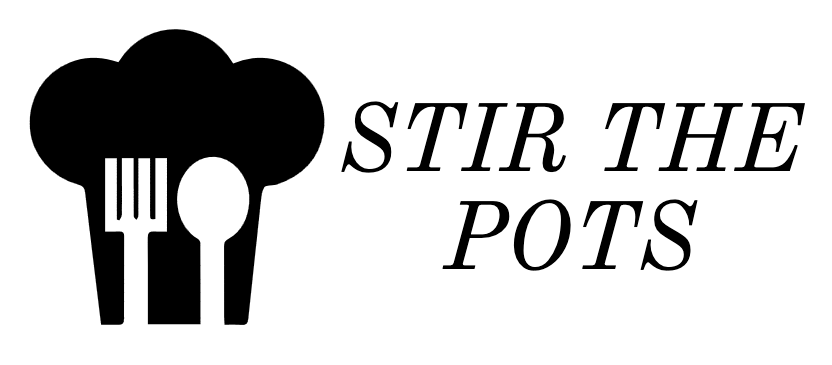

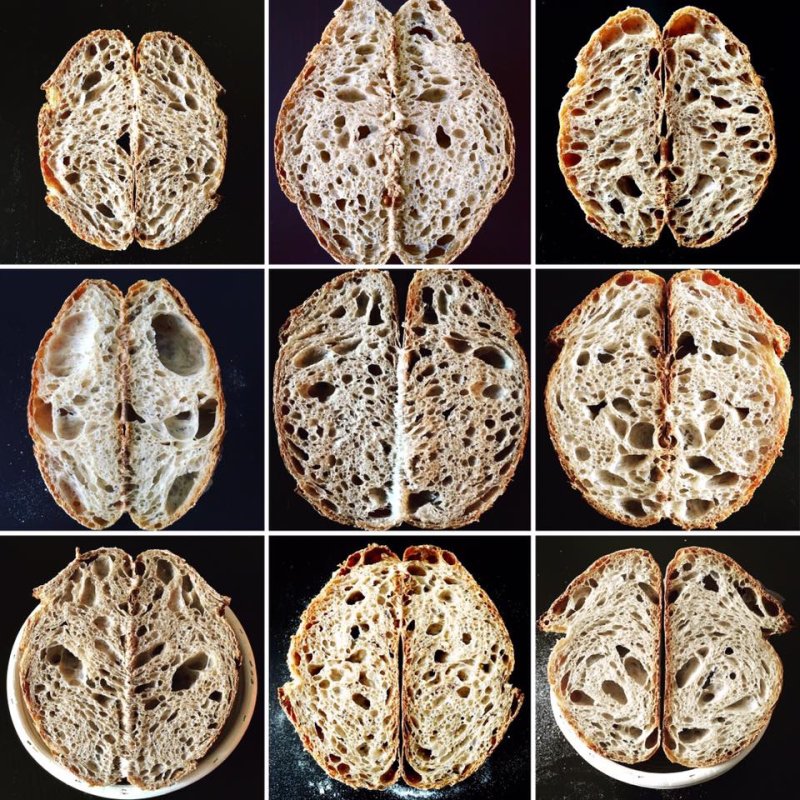
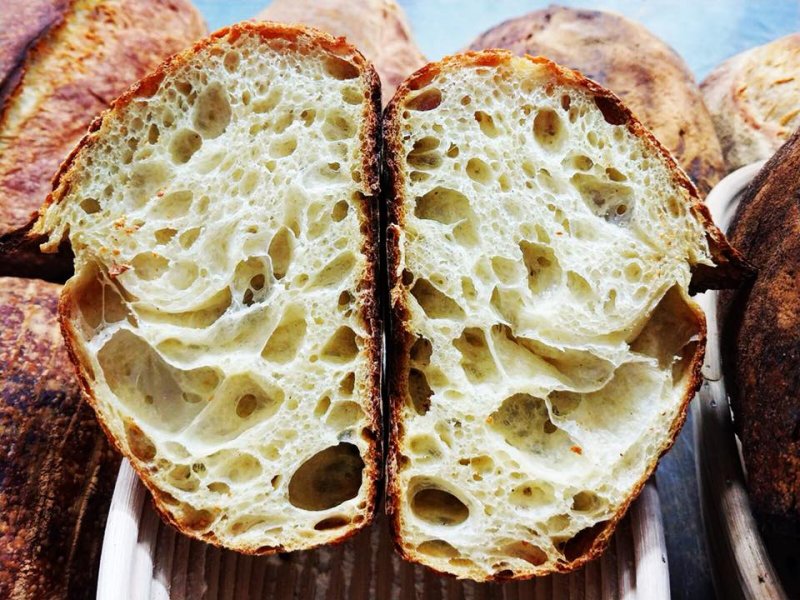
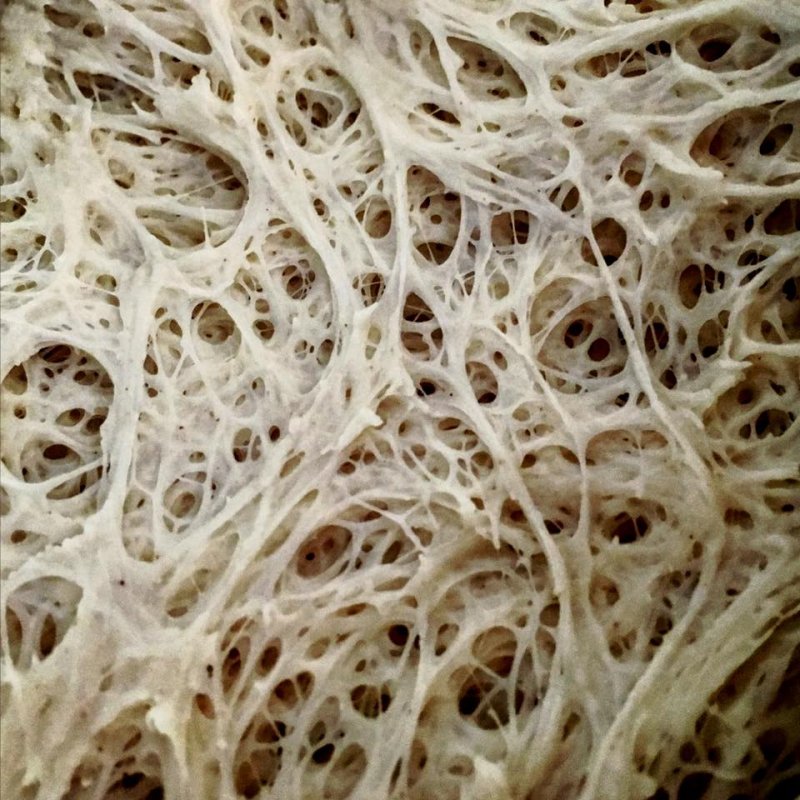
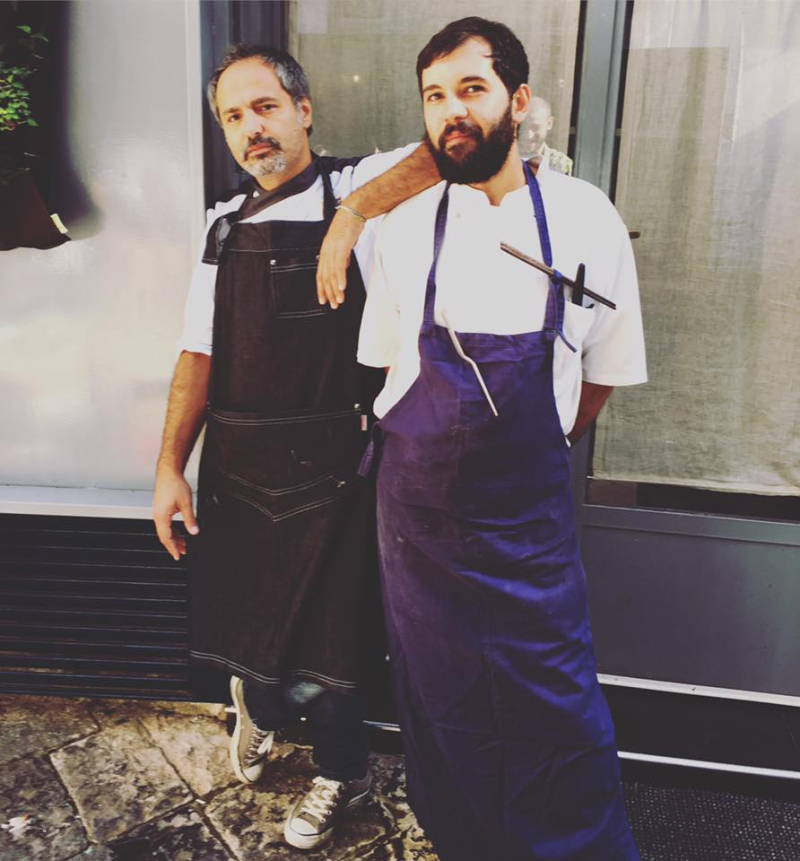
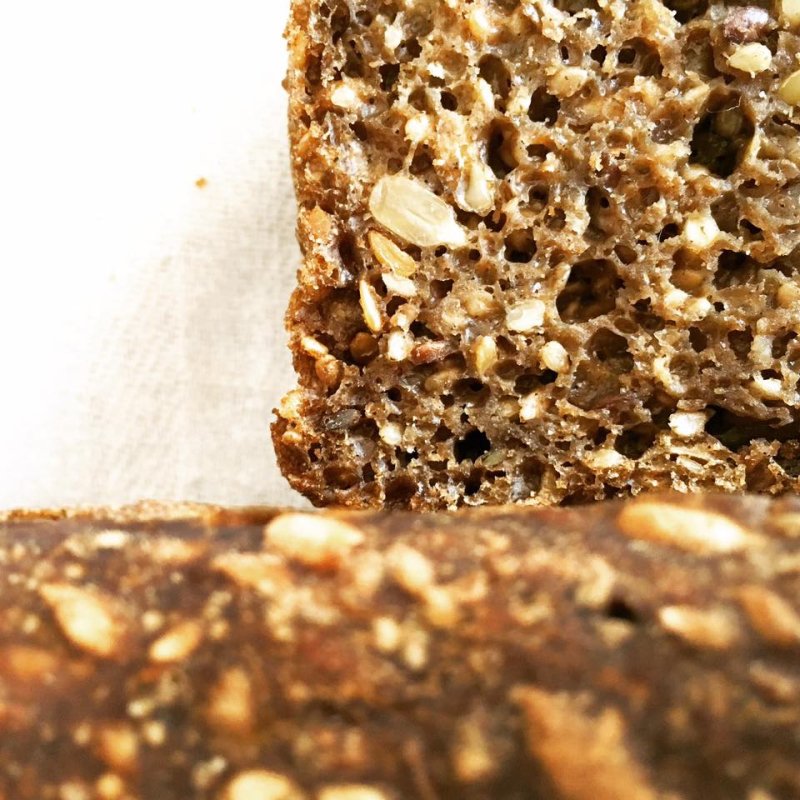
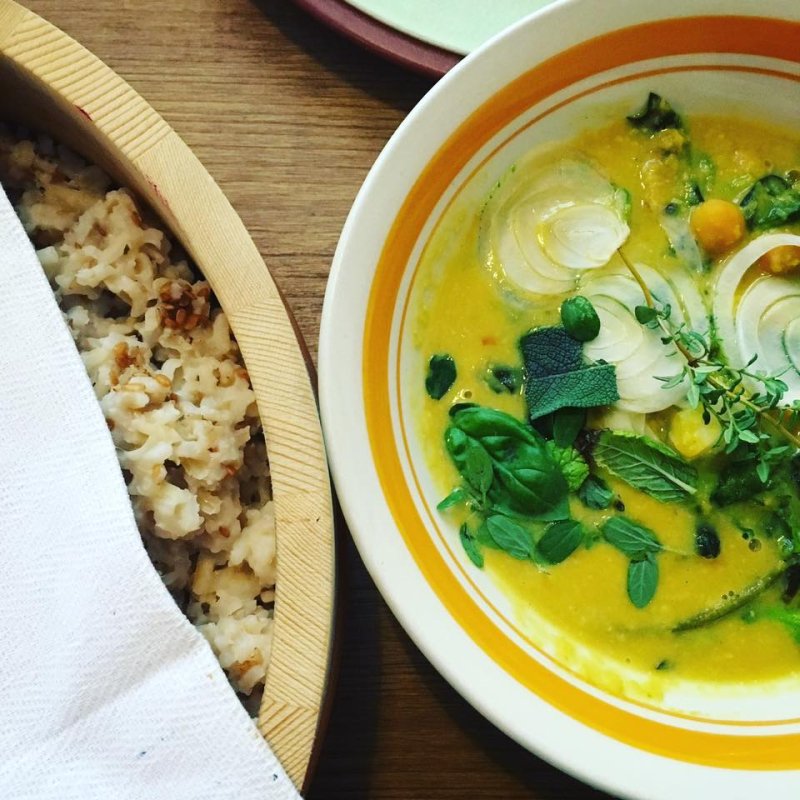

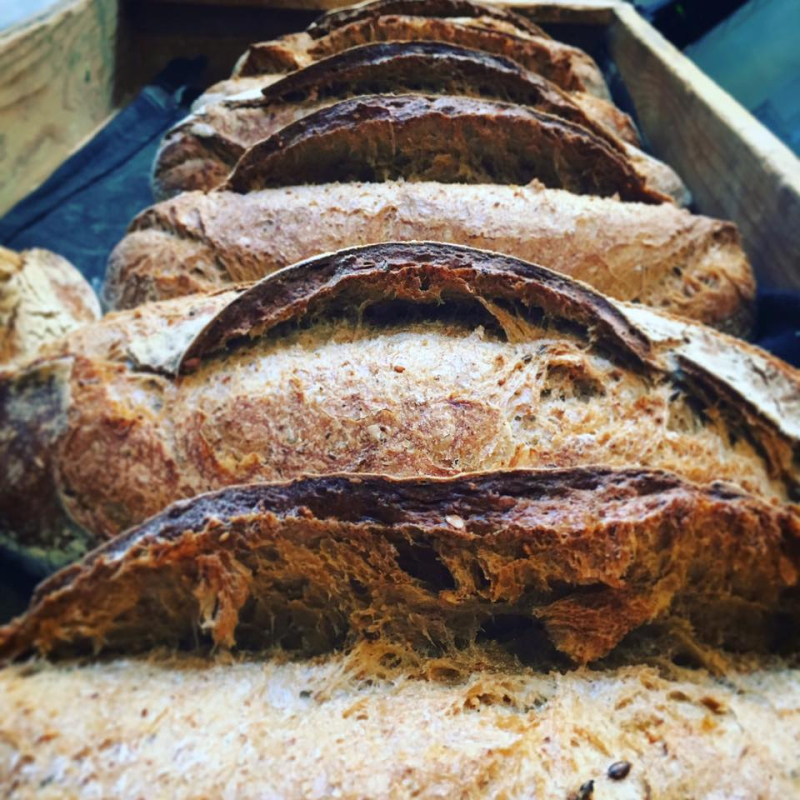
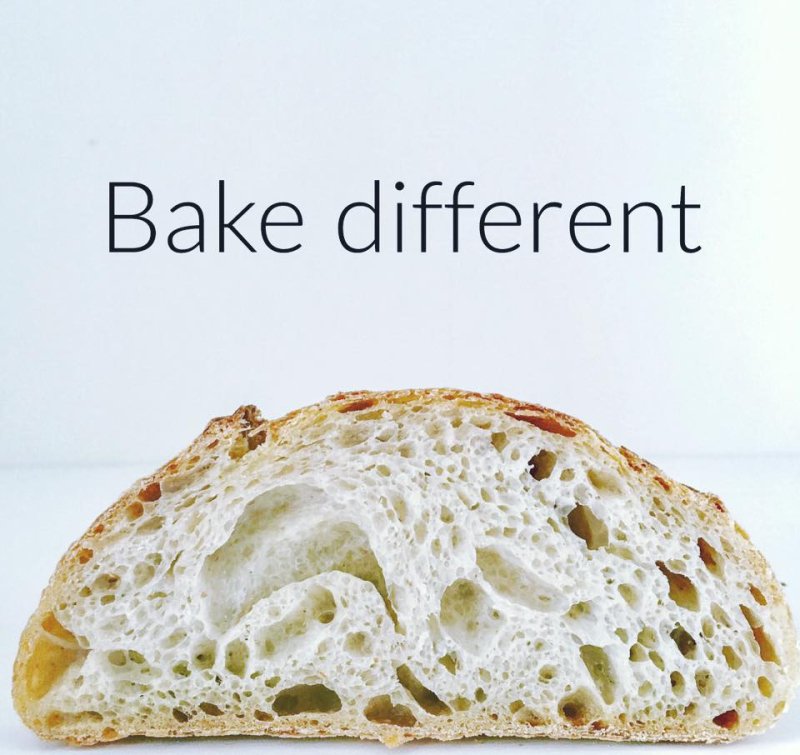
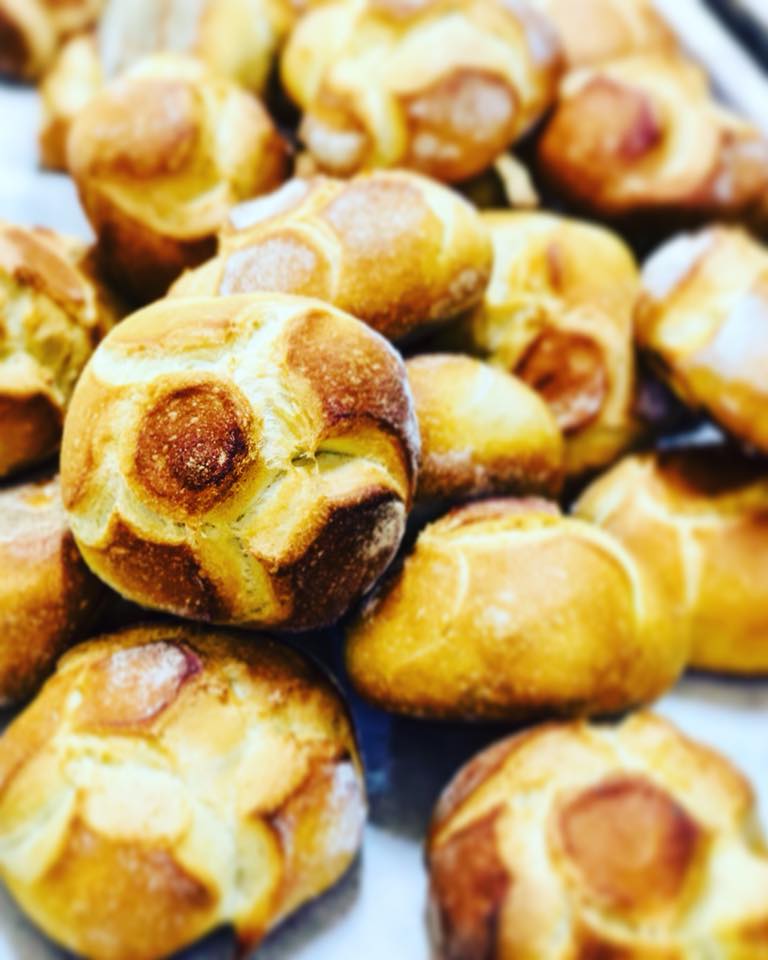
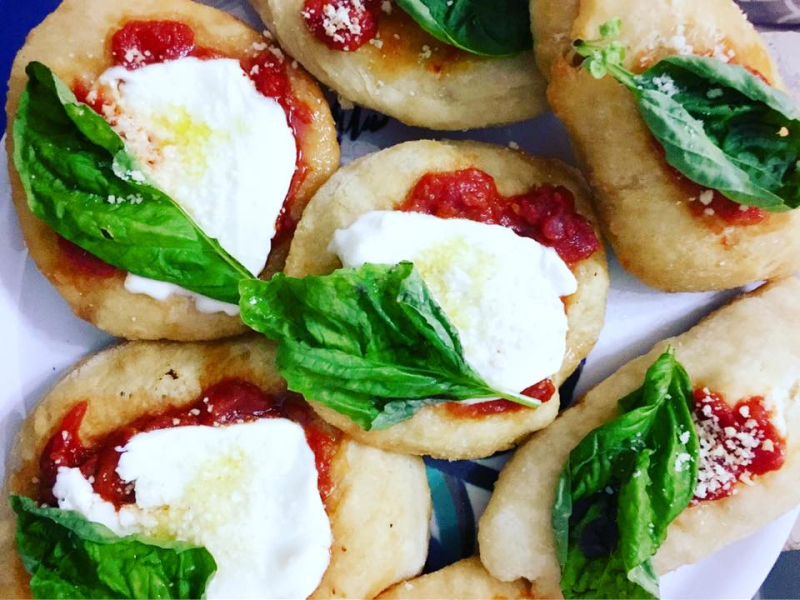
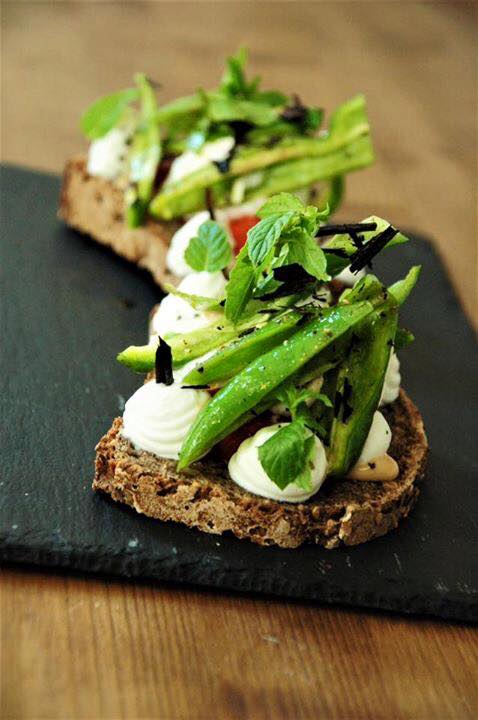
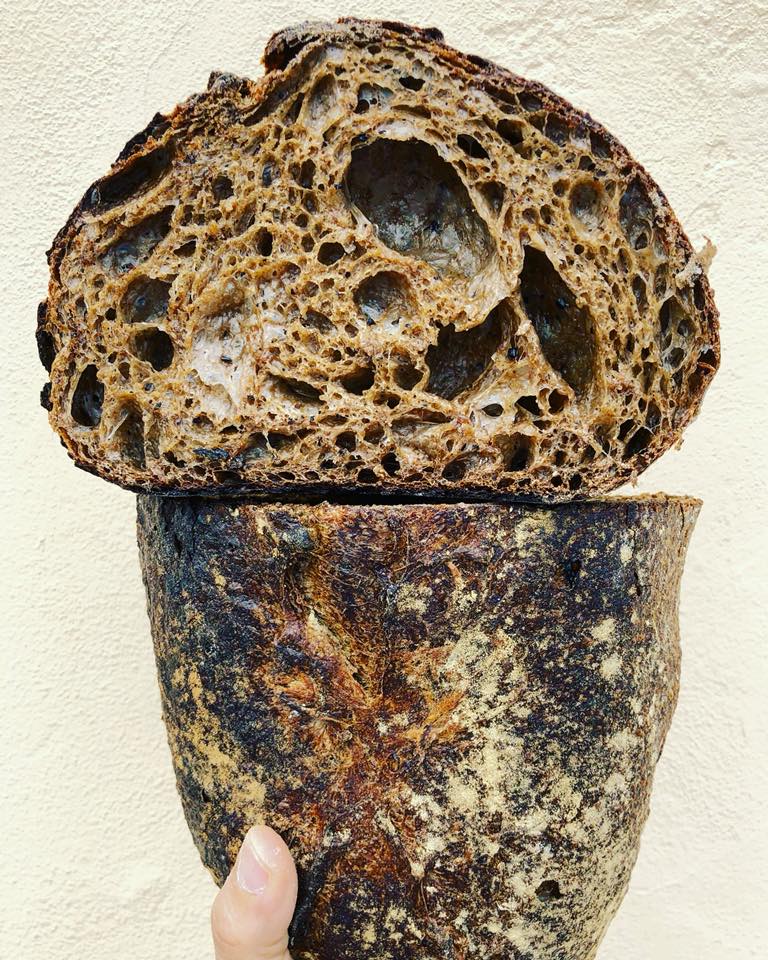
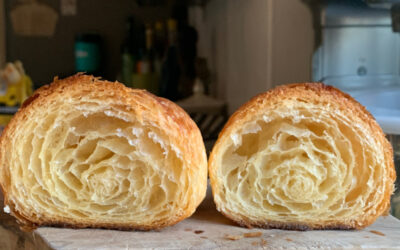
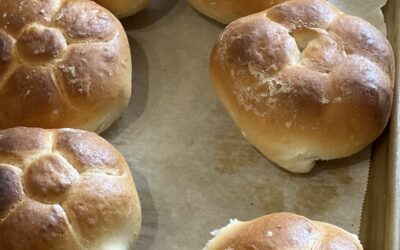

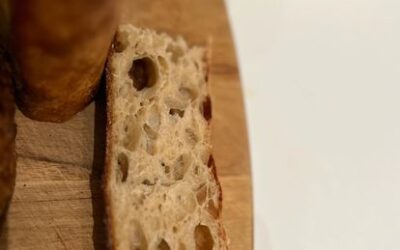
0 Comments